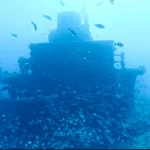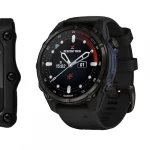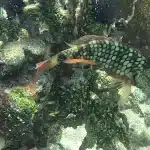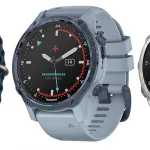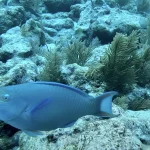Table of Contents
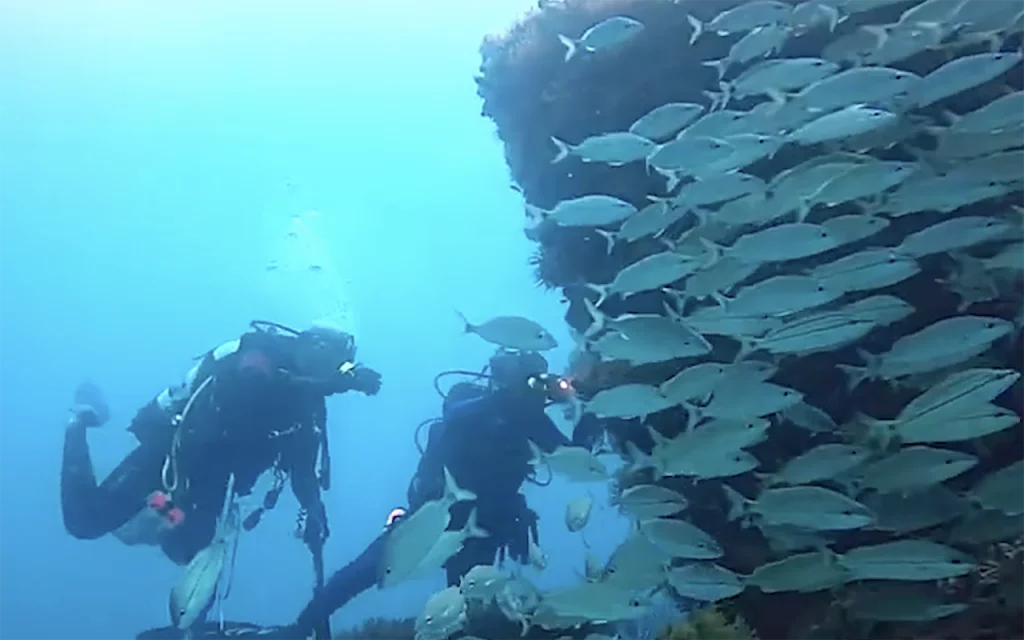
The Peter B. McAllister is a unique and rewarding dive site, offering both historical interest and rich marine life in a compact, well-preserved wreck.
Article at a Glance
- Historical Significance: The Peter B. McAllister, built in 1940, served as a tugboat in New York and Puerto Rico before being decommissioned in the 1990s.
- Artificial Reef: Deliberately sunk on June 16, 1998, as part of Broward County’s artificial reef program, it now serves as a habitat for marine life.
- Diving Accessibility: Located in 60-70 feet of water off Fort Lauderdale, the wreck is accessible to divers with Advanced Open Water or Deep Diver certification.
- Marine Biodiversity: The wreck is teeming with marine life, including schools of blue-striped grunts, blue tangs, parrotfish, and various corals and sponges.
- Intact Structure: The tugboat remains upright with a slight list to starboard, allowing divers to explore its well-preserved wheelhouse, engine room, and cargo areas.
- Diving Experience: The site offers swim-throughs and relatively shallow depths, making it suitable for divers of varying skill levels, with guided tours available.
- Local Dive Shops: Several dive shops, including American Dream Dive Charters and Sea Experience, provide trips to the Peter B. McAllister, ensuring access to this popular dive site.
Shipwreck Location Coordinates and Depth
Depth
The wreck sits in approximately 70 feet (21 meters) of water123. Some sources provide a depth range of 60-70 feet.
Location Coordinates
26° 10.149′ N
80° 04.718′ W
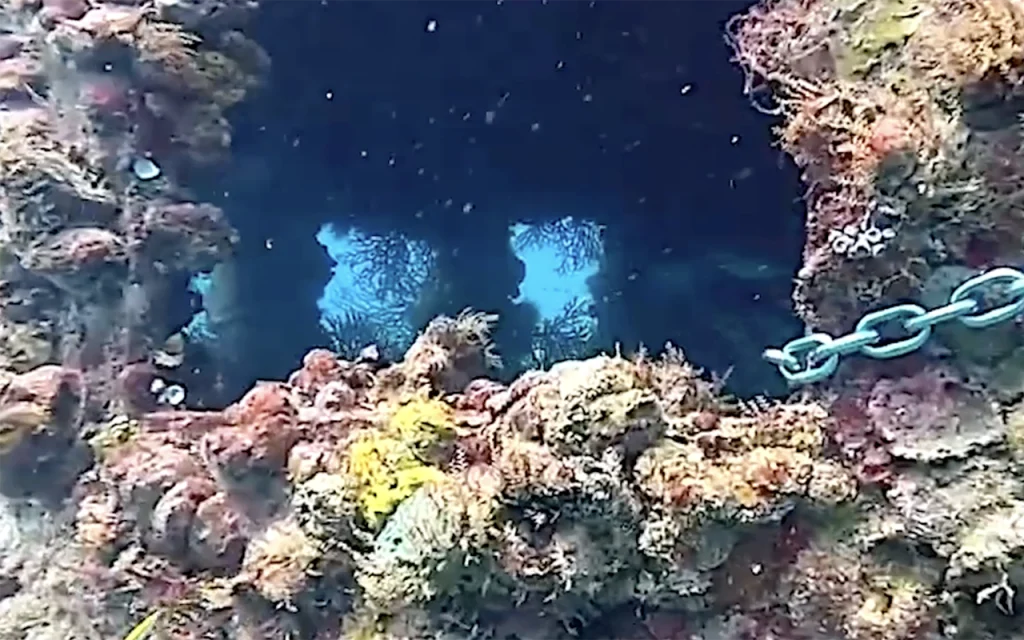
What Do Scuba Divers Say About This Ship
Structure and Condition
Divers describe the Peter B. McAllister as being in remarkably good condition for its time underwater:
- The 85-foot tugboat was “built like a tank” and has withstood decades on the ocean floor very well14.
- It sits upright on the seafloor with a slight list to starboard, its bow pointing south4.
- The hull and wheelhouse have remained largely intact since its sinking in 19981.
Marine Life and Ecosystem
Divers report a thriving ecosystem on and around the wreck:
- The tugboat is covered in a “thick carpet of colorful corals and sponges”5.
- It’s described as “buzzing with marine life” including:
- Blue-striped grunts
- Blue tangs
- Jacks
- Parrotfish
- Various species of angelfish
- Bicolored damselfish5
Diving Experience
Divers generally find the Peter B. McAllister an enjoyable and accessible wreck:
- It offers some swim-throughs for properly certified wreck divers1.
- The wreck is considered suitable for all levels of diving, though divers are advised to stay within their limits1.
- Its relatively small size allows divers to explore the entire wreck in one dive, swimming along port, starboard, and topside1.
- The sturdy construction has helped maintain interesting features for divers to explore15.
What Kind of Marine Life Can Be Found on The Ship
Fish Species
- Blue-striped grunts
- Yellow grunts
- French grunts (often seen in large schools covering the vessel)
- Blue tangs
- Jacks
- Parrotfish
- Various species of angelfish
- Bicolored damselfish
Invertebrates and Corals
- The wreck is described as covered in a “thick carpet of colorful corals and sponges”
- Sea fans (including some inside the wheelhouse and top cabin)
- Soft corals
Other Marine Life
- Small rays are occasionally spotted around the wreck
Ecosystem Characteristics
- The wreck is described as “buzzing with marine life” and “teeming with coral and fish”
- Large schools of grunts are often seen covering the entire vessel, which divers report as a highlight of the dive
- The sturdy construction of the tug has allowed for the development of a thriving artificial reef ecosystem over the years since its sinking in 1998
Key Information
| Attribute | Details |
|---|---|
| Name | Peter B. McAllister |
| Type | Tugboat |
| Length | 85 feet |
| Location | Off Fort Lauderdale, Florida |
| Coordinates | 26° 10.149′ N, 80° 04.718′ W |
| Depth | 60-70 feet |
| Date Sunk | June 16, 1998 |
| Purpose | Artificial reef (Broward County Artificial Reef Program) |
| Original Build | 1940 by Equitable Equipment Company, Madisonville, Louisiana |
| Previous Names | B.T. De Bardeleben, Lilian |
| Notable Incident | Capsized and sank in San Juan Harbor, Puerto Rico (Aug 29, 1973); later raised and repaired |
| Current Condition | Sits upright with slight starboard list, bow pointing south |
| Marine Life | Covered in corals and sponges; home to various fish species |
| Dive Difficulty | Suitable for all levels, but Advanced Open Water or Deep Diver certification recommended |
| Special Features | Swim-throughs, penetrable areas (engine room, cargo rooms) |
What Makes The Peter B. McAllister Shipwreck a Unique Diving Experience
Structural Integrity
Despite being underwater since 1998, the wreck has maintained its structure remarkably well:
- The 85-foot tugboat was “built like a tank”, allowing it to withstand decades on the ocean floor1.
- It sits upright on the seafloor with only a slight list to starboard, preserving much of its original shape14.
- The hull and wheelhouse have remained largely intact, providing divers with a clear view of the vessel’s layout1.
Accessibility and Size
The wreck’s size and depth make it suitable for various skill levels:
- It rests in 60-70 feet of water, making it accessible to many divers14.
- At 85 feet long, divers can explore the entire wreck in a single dive1.
- It offers some swim-throughs and areas to penetrate below deck for properly trained divers1.
Rich Marine Ecosystem
The wreck has become a thriving artificial reef:
- It’s covered in a “thick carpet of colorful corals and sponges”1.
- Large schools of grunts, including yellow and French grunts, often cover the entire vessel3.
- Divers can observe a variety of marine life, including blue tangs, jacks, parrotfish, and angelfish1.
Historical Significance
The Peter B. McAllister has an interesting history:
- Originally from New York City, it was one of two tugboats from the McAllister Towing Company to be sunk as part of Florida’s artificial reef program1.
- It was deliberately sunk in 1998 as part of the Broward County Artificial Reef Program14.
Proximity to Other Wrecks
The location offers opportunities for multi-wreck dives:
- A 41-foot steel “Ragboat” called the Bruce Mueller lies to the southeast within swimming distance4.
How Does The Peter B. McAllister Compare to Other Shipwrecks in Florida
Size and Type
- The Peter B. McAllister is an 85-foot long tugboat, which is relatively small compared to some other notable Florida wrecks.
- For comparison, the Copenhagen, mentioned in the search results, was a 325-foot steamer4.
Purpose and Sinking
- The Peter B. McAllister was deliberately sunk as part of Broward County’s artificial reef program in 1998.
- This is similar to many other wrecks in Florida, particularly those on the Florida Panhandle Shipwreck Trail, which were intentionally sunk as artificial reefs3.
- In contrast, some wrecks like the Copenhagen were the result of accidents and later repurposed4.
Depth and Accessibility
- The Peter B. McAllister rests in 60-70 feet of water, making it accessible to many recreational divers.
- This depth is similar to many wrecks on the second tier of the Florida Reef, which ranges from 45 to 60 feet4.
- However, it’s shallower than some deeper wrecks like those on the third tier of the Florida Reef (80-100 feet)4.
Marine Life and Ecosystem
- Like many Florida wrecks, the Peter B. McAllister has become a thriving artificial reef, hosting various fish species and coral growth.
- This is consistent with other intentionally sunk ships in Florida, which quickly become habitats for marine life2.
Historical Significance
- While the Peter B. McAllister has an interesting history as a New York City tugboat, it may not have the same level of historical significance as some other Florida wrecks like the USS Alligator or the Valbanera, which have more dramatic historical narratives1.
Diving Experience
- The Peter B. McAllister offers swim-throughs and a complete exploration in one dive, which is somewhat unique due to its size and layout.
- Many Florida wrecks, especially larger ones, may require multiple dives to fully explore.
What is The Full History of This Ship
Origins and Construction
- Built in 1940 by Equitable Equipment Company in Madisonville, Louisiana
- Hull number: 108
- Original dimensions: 75.9 feet long, 23 feet wide, 138 gross tons
- Official number: 239970
Name Changes and Ownership
- Originally named B.T. De Bardeleben for the De Bardeleben Marine Corporation of Wilmington, Delaware
- Later renamed Lilian when acquired by Byfrost Company Inc. of Quincy, Massachusetts
- Finally renamed Peter B. McAllister in 1968 when purchased by McAllister Brothers Towing Company of New York
Service History
- Spent much of its time operating in and around Manhattan, New York
- Later transferred to Puerto Rico
Notable Incidents
- August 29, 1973: Capsized and sank in San Juan Harbor, Puerto Rico while trying to free the grounded vessel Delaware Getty
- Was subsequently raised, repaired, and put back into service
Decommissioning and Final Fate
- Decommissioned in the 1990s
- Sat unattended for some time
- Donated by McAllister Towing Company to the Broward Artificial Reef Program
- Sunk as an artificial reef on June 16, 1998, at 11:40 AM off the coast of Fort Lauderdale, Florida
Current State
- Rests upright on the seafloor with a slight list to starboard
- Bow points south in 70 feet of water
- Located at coordinates 26° 10.149′ N, 80° 04.718′ W
- Has become a thriving artificial reef, covered in corals and home to various marine life
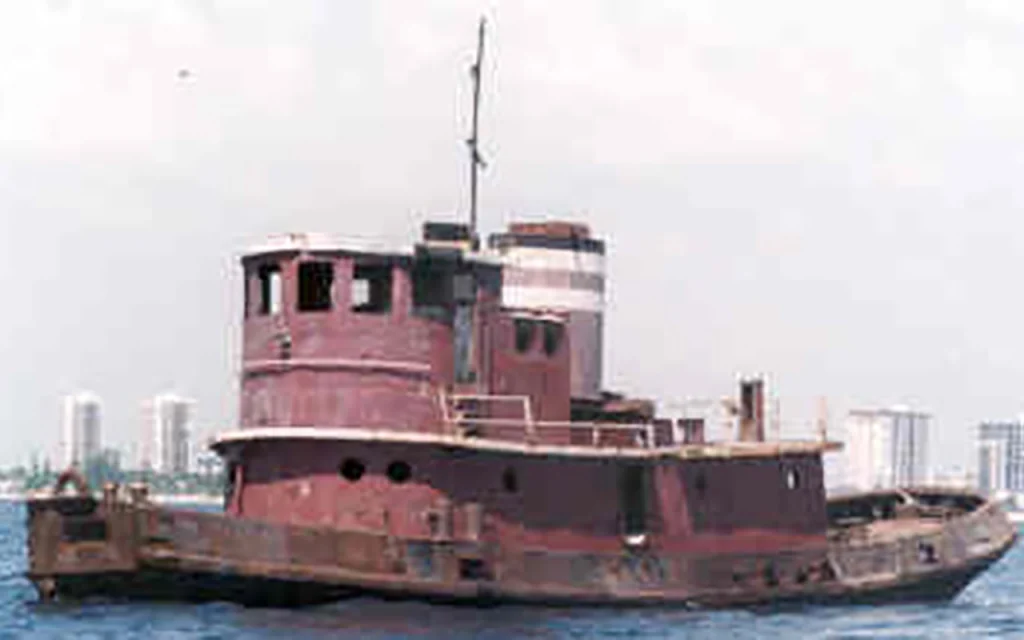
What Historical Features Can Still Be Identified on the Peter B. McAllister
- Overall structure: The wreck sits upright on the seafloor with only a slight list to starboard, preserving much of its original shape and layout.
- Wheelhouse: The wheelhouse remains intact and accessible to divers. Some sources mention sea fans growing inside, indicating it’s still a recognizable feature.
- Top cabin: Like the wheelhouse, the top cabin is still present and can be entered by divers, though caution is advised due to marine growth inside.
- Engine room: There’s an area midships where divers can descend into and penetrate below decks into the engine room, suggesting this key feature of the tugboat is still identifiable.
- Cargo rooms: Along with the engine room, the cargo rooms are mentioned as areas that can be accessed below decks.
- Bow and stern: The wreck’s orientation is described with the bow pointing south, indicating these major structural elements are still distinguishable.
- Hull: The overall hull structure seems to be largely intact, given descriptions of the wreck’s upright position and slight list.
- Swim-throughs: Small swim-throughs are reported behind the wheelhouse and towards the stern, suggesting the deck structures in these areas are still present.
What Safety Measures Are in Place for Divers Visiting the Peter B. McAllister
- Depth restrictions: The wreck sits in 60-70 feet of water, which requires Advanced Open Water or Deep Diver certification. This ensures that only properly trained divers attempt to explore the site.
- Artificial reef preparation: The tug was specifically prepared as an artificial reef before sinking, which includes making it safer for divers to explore. This likely involved removing potential hazards and creating safe entry/exit points.
- Guided dives: Some dive shops offer guided tours of the wreck, which can provide an added layer of safety, especially for less experienced divers.
- Dive briefings: Dive operators typically provide detailed briefings before the dive, covering the wreck’s layout, potential hazards, and dive plan.
- Penetration limitations: While some areas of the wreck can be penetrated, these are described as “not deep penetrations.” This limits the risk associated with more complex wreck penetrations.
- Overhead environment training: Divers are advised to have proper training before entering any enclosed areas of the wreck.
- Buddy system: Standard diving safety practices, including diving with a buddy, are likely enforced.
- Surface support: Dive boats remain on site during the dive to provide surface support and assist in case of emergencies.
- Dive planning: The relatively small size of the wreck allows for thorough exploration within a single dive, reducing the risks associated with multiple dives or decompression.
- Clear visibility: The wreck’s upright position and intact structure provide good visibility and reduce the risk of disorientation.
Dive Shops That Provide Diving Trips to This Shipwreck
- American Dream Dive Charters
- Location: Behind the Hilton on 17th Avenue, just south of downtown Fort Lauderdale
- Known for running a clean and basic operation aboard their Newton Dive Boat
- Sea Experience
- Location: Bahia Mar Marina on Fort Lauderdale Beach
- Address: 801 Seabreeze Blvd, Fort Lauderdale, FL 33316
- Phone: (954) 770-3483
- Offers a full range of services including classes, charters, retail, and guides
- Recommended for new open water divers
- Aquatic Ventures
- While not explicitly mentioned as visiting the Peter B. McAllister, they offer trips to similar wrecks in the area and likely include this one in their itinerary
Central Florida Wrecks
- SS Breconshire
- Georges Valentine
- Hog Heaven
- Urca De Lima
- USS Rankin
- Ana Cecilia
- United Caribbean
- USS Mindanao
- The Laertes
- Berry Patch Tug Wreck
- The Liberty Ship
- The Ana Cecilia
- The Cities Service Empire
- USS Accokeek
- The Tortuga Wreck
- Princess Ann Wreck (Palm Beach)
- Okinawa Wreck (Pompano Beach)
- MG-111 Wreck (Jupiter)
- Lady Luck Wreck (Pompano Beach)
- Rodeo 25 Wreck (Pompano Beach)
- Lowrance Wreck (Pompano Beach)
- RSB-1 Wreck (Deerfield Beach)
- Rebel Wreck (Deerfield Beach)
- Noulla Express Wreck (Fort Lauderdale)
- Sucre Wreck (Fort Lauderdale)
- Captain Tony Wreck (Pompano Beach)
- Peter McAllister Wreck (Pompano Beach)
- Guy Harvey Wreck (Fort Lauderdale)
- Quallman Tugs Wreck (Pompano Beach)
- Miller Lite Wreck (Pompano Beach)

